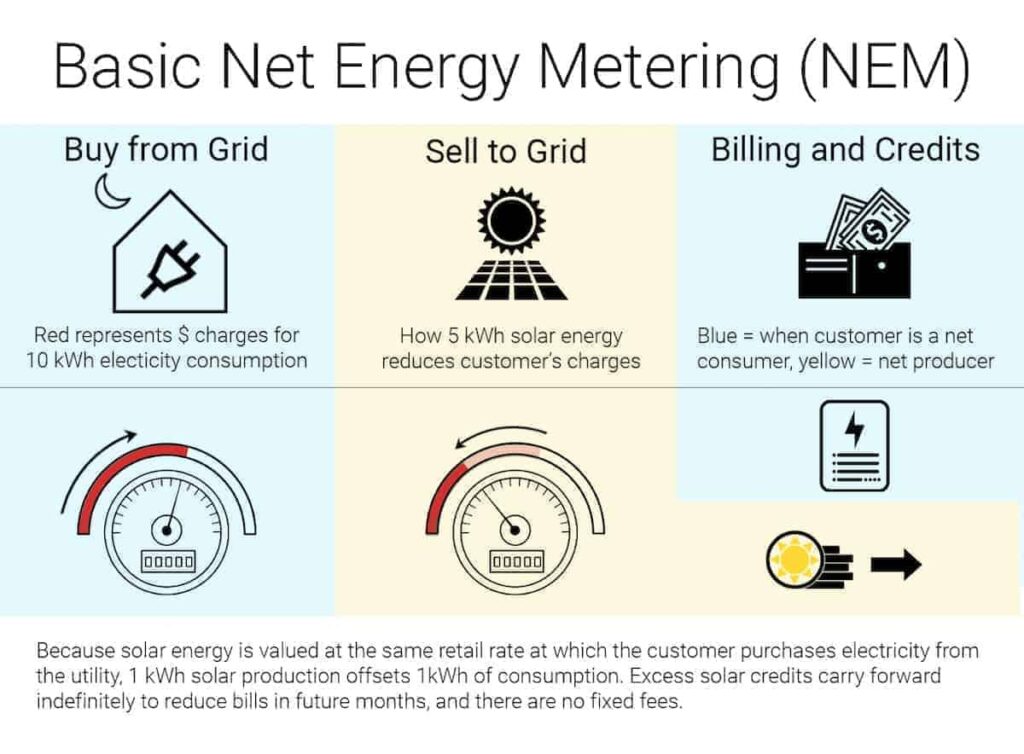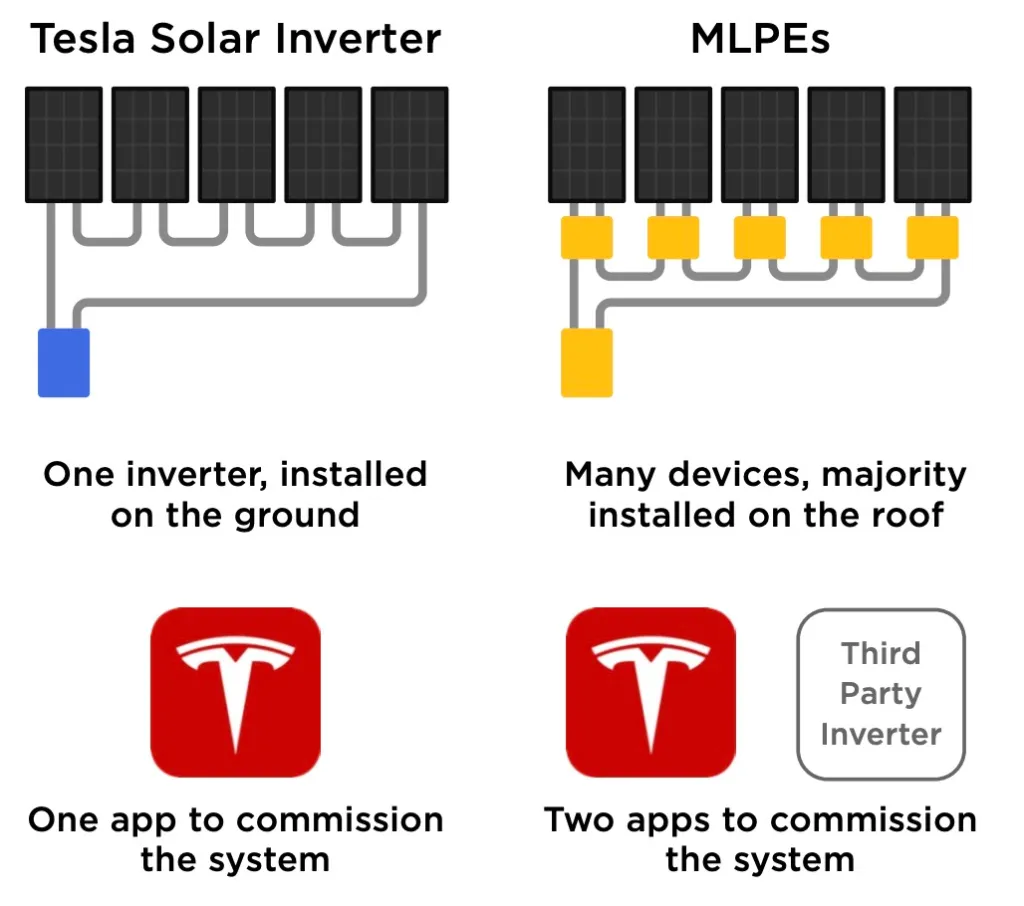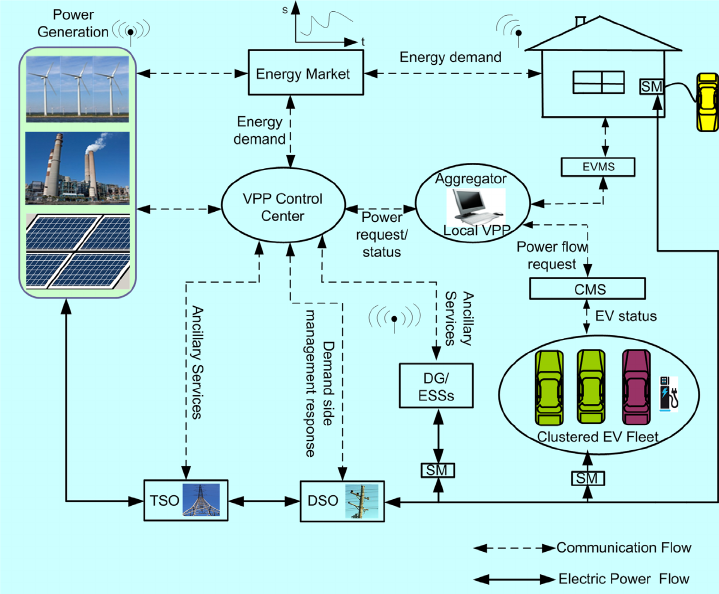As we stride into 2024, the landscape of solar, storage, and energy continues to evolve, influenced by technological advancements, policy shifts, and market dynamics. Building upon past trends and anticipating emerging patterns, here are ten predictions that outline the trajectory of the industry in the coming year.
Read More: Solar Policy Scoop January 2024
1. Integrated 240-Volt Generators in EVs
Following the footsteps of industry pioneers like Ford and Tesla, more electric vehicle manufacturers will integrate 240-volt generators into their EVs. This innovation empowers vehicle owners to leverage their substantial battery capacities not only for transportation but also as backup power sources for their homes. The strategic utilization of EV batteries for home power during peak demand periods marks a significant step towards decentralized energy solutions.
2. Surge in Heat Pump Sales
The electrification wave propelled by initiatives like the Inflation Reduction Act (IRA) will drive a 25% surge in heat pump sales for HVAC and water heating systems. Despite delays in rebate availability, heightened market awareness and existing incentives stimulate consumer adoption. This surge, however, may encounter constraints due to supply chain limitations and contractor capacities.
3. Manufacturing Plant Completion Challenges
While the IRA incentivizes clean energy manufacturing, complexities surrounding incentive application and supply chain intricacies will impede the completion of anticipated manufacturing plants. Despite announcements of over 60 plants, operationalizing these facilities at full scale will prove challenging, highlighting the intricacies of translating incentives into tangible production outcomes.
4. End of Net Metering and Utility Dynamics

Basic Net Metering
California’s shift away from net metering will reverberate across states, emboldening utilities to curtail rooftop solar proliferation. This transition underscores the intricate interplay between utility interests, regulatory frameworks, and market dynamics. The challenges of mitigating utility influence on policy decisions underscore the need for robust governance mechanisms.
5. Reshaping of Residential Solar Markets
California’s residential solar revenues are poised to plummet by 50% in 2024, reflecting the repercussions of policy shifts and consumer sentiment. The nexus between escalating electric bills, altered net metering policies, and political dynamics underscores the evolving landscape of residential solar markets and the imperative of balancing stakeholder interests.
6. Financial Strain on Solar Installation Companies
Continued financial strains on national-scale solar installation and finance firms may culminate in high-profile bankruptcies. The sensitivity of solar finance models to interest rate fluctuations accentuates the challenges of sustaining profitability amidst volatile market conditions.
7. Tesla’s Disruption in the Inverter Market

Tesla Solar Inverter
Tesla’s foray into the U.S. inverter market heralds a potential disruption, challenging the duopoly of incumbents SolarEdge and Enphase. Leveraging its brand equity and cost efficiencies, Tesla’s entry reshapes competitive dynamics, albeit potentially sacrificing performance for cost competitiveness.
8. Challenges Facing VPPs and V2G Technologies

VPPs and V2G Technologies
Despite utility-sponsored initiatives, virtual power plants (VPPs) and vehicle-to-grid (V2G) technologies encounter challenges in gaining widespread traction. The inherent friction stemming from divergent utility and consumer incentives underscores the complexities of aligning stakeholder interests in evolving energy paradigms.
9. Consolidation in the Residential Battery Sector
The residential battery market is poised for consolidation, with national-scale players emerging as dominant forces. The transition from standalone battery systems to integrated solutions necessitates substantial investments in infrastructure and service capabilities, fostering market consolidation dynamics.
10. Accelerating Transition Away from Fossil Fuels
The imperatives of climate action and economic viability propel the accelerating transition away from fossil fuels. COP28’s clarion call underscores the inevitability of this transition, driven by the increasing cost competitiveness of renewable energy sources. As renewables outpace fossil fuels in cost-effectiveness and environmental sustainability, the demise of fossil fuel dependency becomes an irrefutable reality.
Conclusion
As 2024 unfolds, the solar, storage, and energy landscape undergoes transformative shifts, shaped by technological innovations, policy dynamics, and market forces. Navigating these evolving trends demands adaptability, foresight, and collaborative action to realize a sustainable energy future.